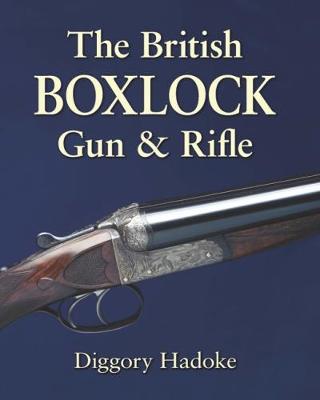‘The number of punt gunners in the British Isles is steadily diminishing but the number of enthusiasts who use a boat for shooting is growing’, wrote Richard Arnold in 1954.
His observation of trends in post war Britain, the DIY nature of make-do-and-mend and his enthusiasm for old guns and old ways is beautifully captured in The Shooter’s Handbook. His words reflect the move away from a punt-mounted canon to more conventional sporting guns in pursuit of waterfowl.
Punt gunning today is a curiosity. Once it was a business. To some Victorian sportsmen, it was an art to be learned and practised. The punt, the punt gun and the punt gunner are characters from a fading chapter in the history of old British shooting sports. Younger readers may have no idea what it was all about. Perhaps a brief retrospective is in order.
The motivation to go to sea in order to harvest wildfowl probably stems from the historical legal status of land and water. The foreshore and the land beyond it was usually the property of a landowner. Permission to stand on it and shoot was unlikely to be granted to many people. So, those without property or connections had to abandon the land and venture onto the water, which belonged to no man, to hunt the wild ducks that flew between the two.
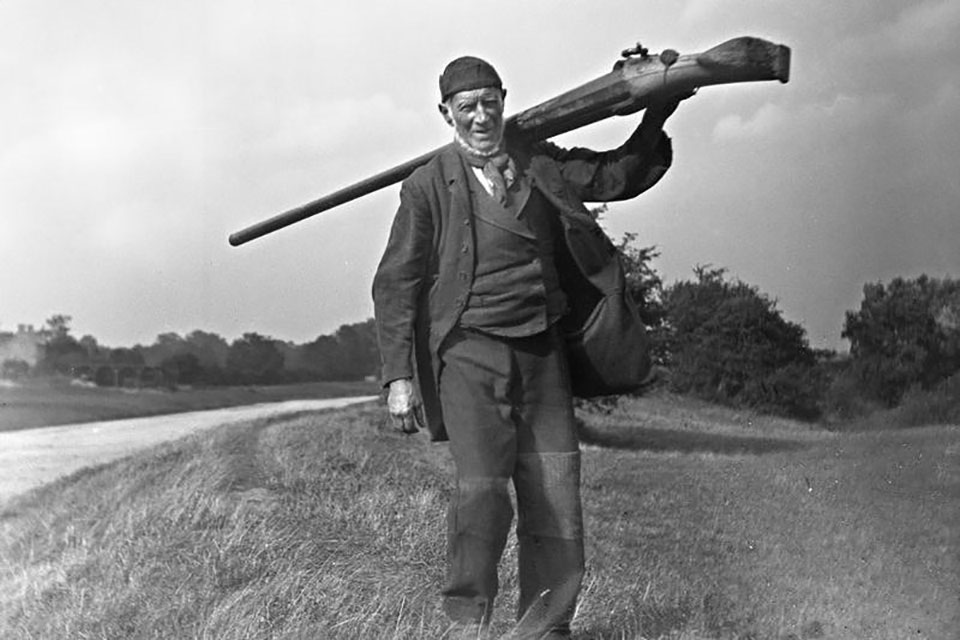
To do that you need a boat. If you shoot a bird from a boat and it lands in the sea, it is yours. If it falls on land, it belongs to the landowner. The boat required for the job has to be almost flat, with a wide bottom and a draught of a few inches only, as it has to be poled, rowed and pushed over mud flats and sand banks to get out and back in without grounding.
The essence of punt gunning is to lie as flat as you can, in your flat-bottomed punt, gently paddling your way towards a flock of wildfowl resting on the water.Your gun is a long, heavy, pole with a detonating device at your end, firing perhaps the equivalent of forty-five twelve bore cartridges in one shot.
Most punt guns a re crude, single barrel devices. Ironmongery rather than fine gun-making. They have to endure regular dousing in salt water and the rigours of being hauled in and out of the sea in rough weather by tired men with cold hands.
Aiming is done by moving the boat into position. When lined-up, your shot ploughs through the flock and the idea is to kill or incapacitate as many birds as possible. You will have a shotgun aboard to act as a ‘cripple killer’ and will use it to shoot wounded birds as you collect the fallen floating on the water.
Punt gunning to the working man was putting food on the table or extra money in his pocket. During the Great Depression of the 1930s it was at its peak of participation. A dozen mallard would bring almost a week’s agricultural wages at market.
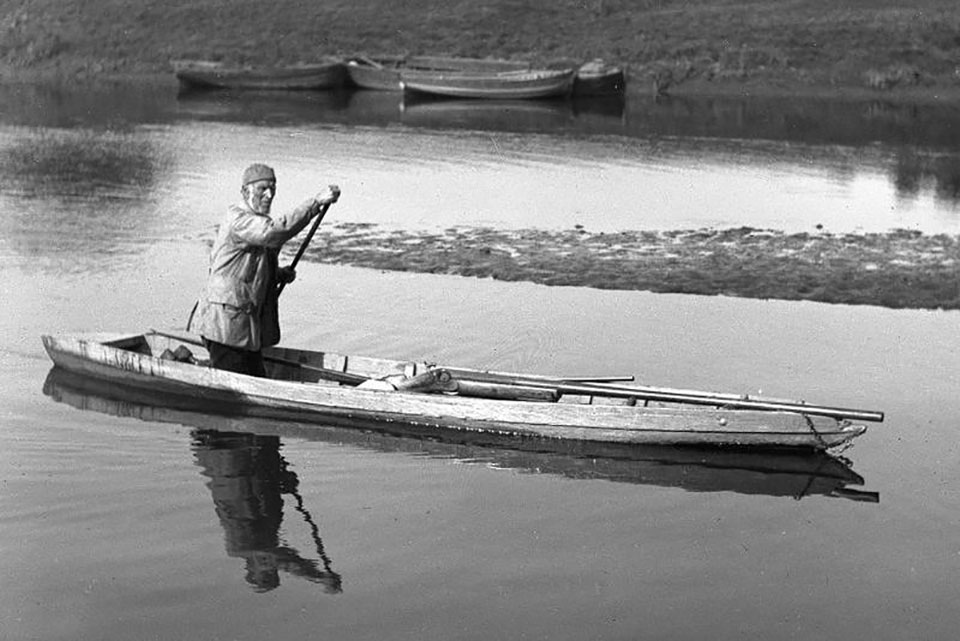
However, as with most challenges brought about by necessity, the physical exercise, endeavour, hope, elation of success and the frisson of danger made the act of hunting for necessity into a sport and a much loved recreation in the lives of hard, working men.
Market gunning in the United States was a rough and ready affair, often involving guns adapted by men of limited means. American punt guns were generally rested on a the side of a conventional boat and could weigh a hundred pounds and fire a pound and a half of shot, propelled by three ounces of black powder.
Another variation on the theme was the home-made battery gun, which was up to ten barrels welded together in a row, or an arc. These were usually 12-bore barrels, individually loaded and fired simultaneously by a powder train as the boat approached the sitting ducks. By the late 19th century, commercial hunters had so badly decimated American wildfowl populations that hunting with anything bigger than 10-bore was outlawed. However, it continued illegally until the 1930s in a limited way.
Continental Europeans took part in punt gunning much as the British did and many examples of French-made punt guns exist.
Perhaps predictably, wealthy gentlemen of a sporting persuasion began to find the idea of the punt gun attractive and became involved. They had the natural curiosity, the time to indulge their passions and the money to experiment with equipment. Two of our most noted authors fro times past, on the subject of shooting: Col. Peter Hawker and Sir Ralph Payne-Gallwey were among them.
Gentleman punt-gunners brought a bit more sophistication to the guns used. Hawker, active as a shooter during the early to mid 1800s, developed the double punt gun. Hawker bought a cottage near Lymington and, from there, expanded his interest in wild-fowling.
Hawker had a double punt gun made. One lock was flint and the other a tube-lock. Both locks were fired by the pull of a single lanyard. However, the difference in ignition time meant that the second charge was released momentarily behind the first, scything through the birds rising in response to the first shot and significantly increasing the bag.
Hawker also illustrates the use of his punt gun on land, mounted on a wheeled contraption.
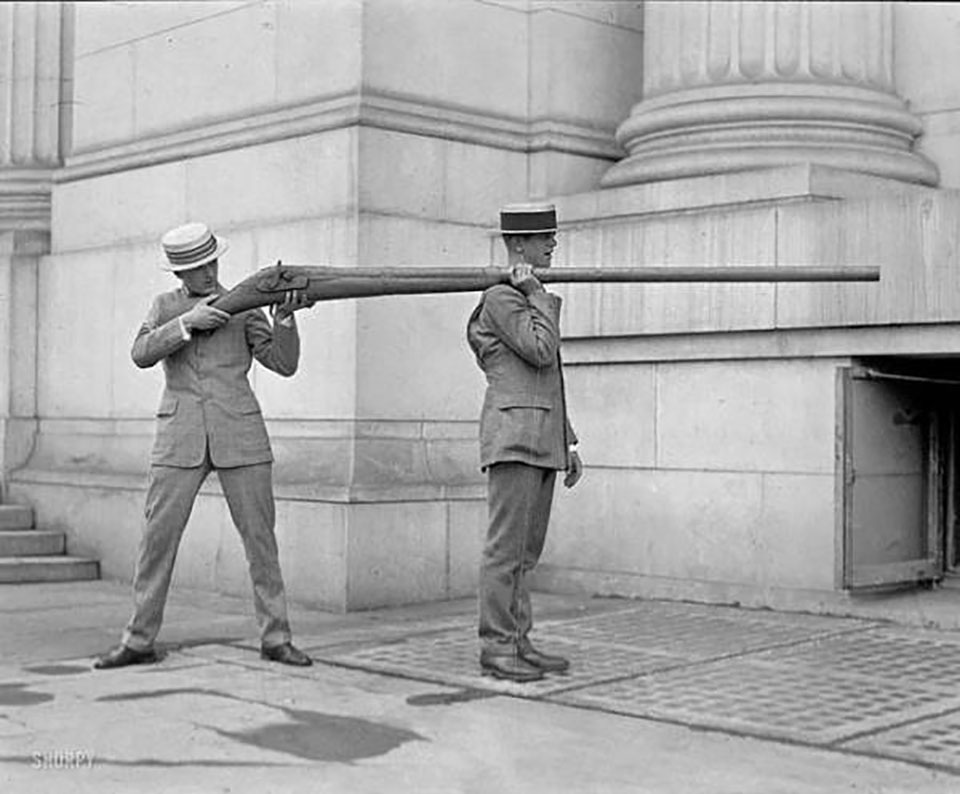
Another sporting gentleman with an interest in punt-gunning was Sir Ralph Payne-Gallwey. He was born in 1848, shortly before Peter Hawker died and his heyday was during the last third of the 19th century. By then, sporting guns had developed significantly from the guns Col. Hawker was familiar with and when it came to designing a punt gun, Payne-Gallwey had breech-loading mechanisms and centre-fire cartridges to work with.
Payne-Gallwey made use of Henry Hollands patent screw-breech when creating, in tandem with Holland & Holland, ‘The Gallwey’ punt gun of 1884.
Holland & Holland first note the manufacture of a punt gun in 1872 and thereafter made several, improving on the design each time. A typical Holland & Holland punt gun of the 1880s was ‘The London’, which was a single barrel breech-loading gun, eight and a half feet long weighing 100 lbs and of 1 1/2 bore.
Sir Ralph Payne Gallwey’s gun was also of 1 1/2 bore but it was double barrelled and nine feet long. It had one trigger that was selective. Either right, left or both barrels could be chosen. Like Hawker’s gun, when both barrels were fired, there was a slight delay between detonation, allowing for the birds to rise into the second charge.
It had a short stock, which was dropped on a hinge to expose the chambers. Fastening was by a half-screw bolt. Payne-Gallwey tested the gun at the Kensal Rise shooting ground in 1885. Using 20oz of No.1 shot, the gun put 1353 pellets into a six foot square target. When hunting, bags of sixty widgeon were claimed when both barrels were fired.
The gun was converted, by Stanley Duncan, into two single barrel guns in the mid 20th century. He cited insufficient wildfowl numbers to justify double discharges in British waters.
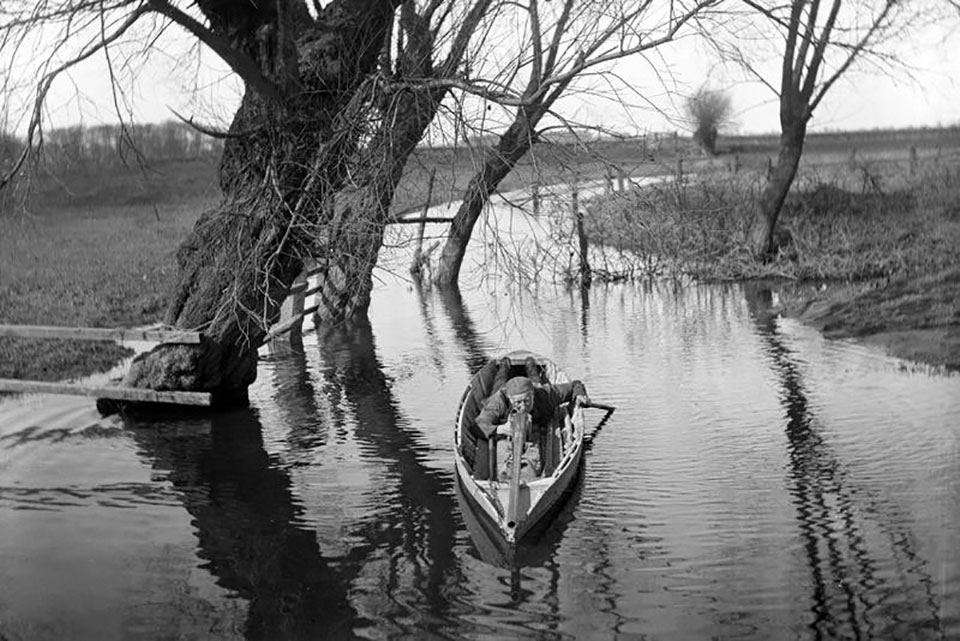
Today, punt-gunning is limited to a handful of enthusiasts. They partake for the tradition, for the exercise and for the adventure of the endeavour rather than the original motivation of bagging as many ducks as possible to swell the coffers or feed the family. To the casual observer, punt guns of four bore and bigger occasionally swing into view at an auction, relics of bygone days when duck hunting was a crucial addition to the family budget or the pursuit of the odd eccentric aristocrat.
Some big guns gained almost cult status.’Irish Tom’ was made as a muzzle loading punt gun. It was bought from an Irish market gunner in the early 1930s by WAGBI founder Stanley Duncan. He had it converted to breech-loader by Greener and started using it in 1936. When Duncan had finished with the gun he sold it to the actor James Robertson Justice. It was rediscovered and restored in the 1980s and given to BASC to display at their HQ. Irish Tom has a barrel made from Whitworth steel, weighs 300 lbs and fires 50 oz of shot propelled by 10oz of black powder. The gun is 14 feet in length.
Market gunning in the United States was a rough and ready affair, often involving guns adapted by men of limited means. American punt guns were generally rested on a the side of a conventional boat and could weigh a hundred pounds and fire a pound and a half of shot, propelled by three ounces of black powder.
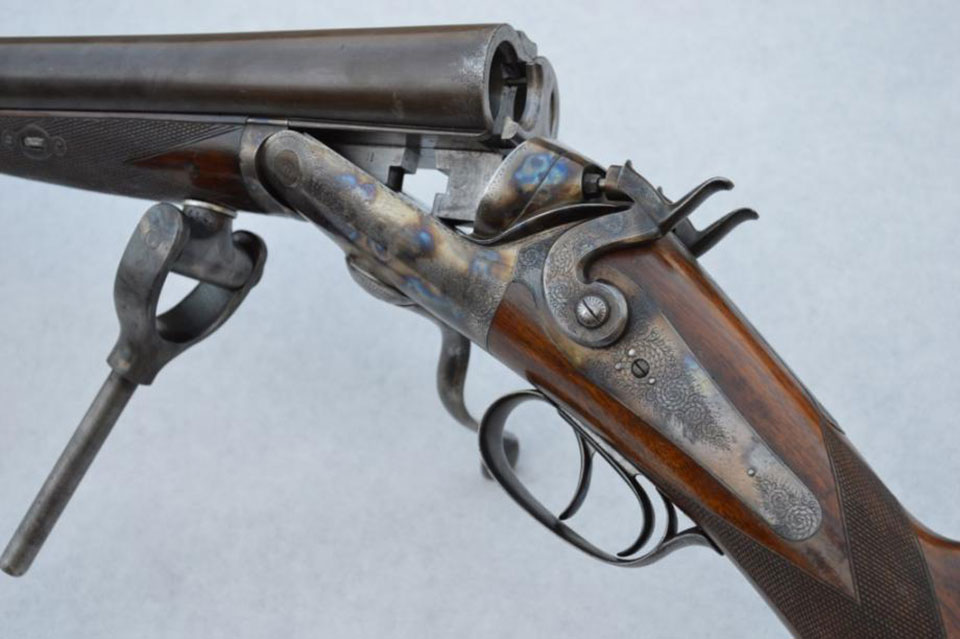
Another variation on the theme was the home-made battery gun, which was up to ten barrels welded together in a row, or an arc. These were usually 12-bore barrels, individually loaded and fired simultaneously by a powder train as the boat approached the sitting ducks. By the late 19th century, commercial hunters had so badly decimated American wildfowl populations that hunting with anything bigger than 10-bore was outlawed. However, it continued illegally until the 1930s in a limited way.
Continental Europeans took part in punt gunning much as the British did and many examples of French-made punt guns exist.
Published by Vintage Guns Ltd on


